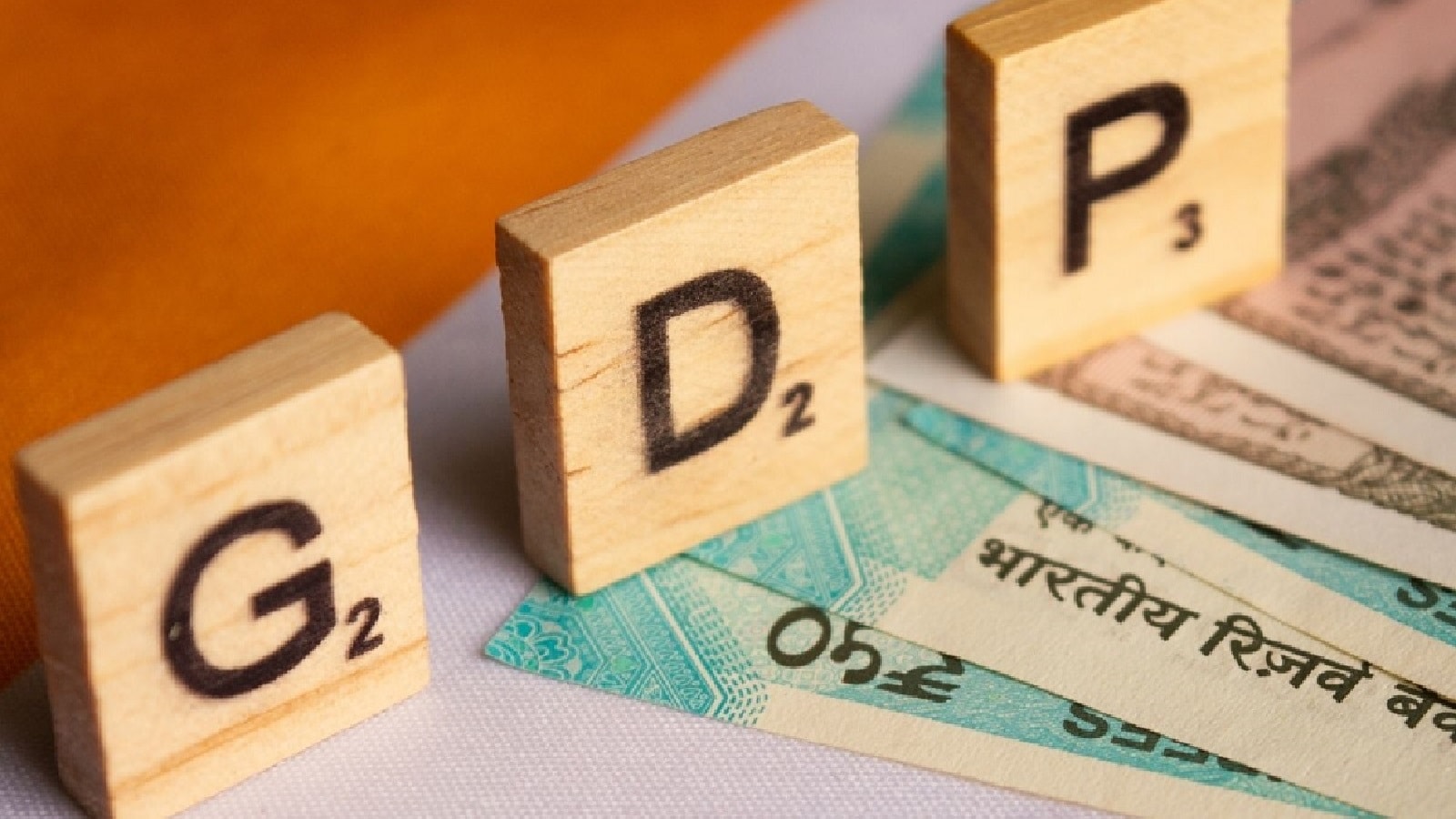Business
Government-backed NS&I facing £3bn bill for four-year overdue digital revamp

The Government-backed NS&I is facing a bill of £3 billion and a four-year delay for its major digital revamp, having “underestimated” the scale of the challenge, the pubic spending watchdog has said.
The savings giant does not have a realistic plan in place and lacks the capability to deliver on its programme, according to the National Audit Office (NAO).
NS&I, which has more than 24 million customers and is backed by the Treasury, kickstarted a digital transformation programme in 2020.
It was hoping to reduce its running costs and modernise its IT systems as part of the plans.
The programme aims to replace its outsourcing arrangement with external supplier Atos, which it has had since 1999.
The arrangement covers most of its operations, including engagement with customers and processing payments.
NS&I said it expects the programme to end when the Atos contract expires in March 2028 – four years later than its original schedule of 2024, the NAO found in its report.
It is also set to go over budget with total costs expected to be £3 billion – up from the £1.7 billion estimated budget in 2020.
Gareth Davies, head of the NAO, said: “NS&I faced complex, long-term technology challenges and saw the ending of the contract with its external supplier as an opportunity to resolve these and transform its business.
“But it underestimated the scale of this challenge and overestimated its ability to deliver its digital transformation programme, which led to significant cost and time increases.”
The NAO said NS&I reset its programme in 2024 and has “made progress by identifying the key issues to address”.
“It must now develop a realistic integrated plan to deliver its new operating model and achieve intended benefits for the business, customers and the taxpayer,” Mr Davies concluded.
NS&I is backed by the Treasury, so money held with it has 100% security.
It raises funds for government by borrowing from individual savers, who invest in products such as premium bonds and ISAs.
A spokesman for NS&I said: “We welcome the NAO’s report and accept its recommendations.
“We are on track to raise £12 billion this year to help support public services across the UK, while maintaining our operational performance and customer satisfaction for 24 million customers.
“Our business transformation programme is key to continuing to deliver cost-effective finance for government, and the services customers want.”
Business
Edible Oil Imports Rise 22 percent To Rs 1.61 Lakh Crore In 2024-25 Marketing Year; Volume Remains Steady: SEA

Last Updated:
India imported 16 million tonnes of edible oils worth nearly Rs 1.61 lakh crore during the 2024-25 marketing year ending in October to meet domestic demand. all

News18
India imported 16 million tonnes of edible oils worth nearly Rs 1.61 lakh crore during the 2024-25 marketing year ending in October to meet domestic demand, according to the industry group SEA. In the 2023-24 marketing year (November-October), India’s edible oil imports were 15.96 million tonnes valued at Rs 1.32 lakh crore, as per data from the Solvent Extractors’ Association of India (SEA) released on Thursday.
The value of edible oil imports increased by 22 percent due to higher global prices. India imports palm oil from Indonesia and Malaysia, while soybean oil comes from Argentina and Brazil. “To meet the gap between supply and demand, India has been importing edible oils since the 1990s. Initially, the import volume was very low. However, in the last 20 years (2004-05 to 2024-25), the import volume has grown by 2.2 times, while the cost has increased nearly 15 times,” the association said.
In 2024-25, India spent nearly Rs 1.61 lakh crore (USD 18.3 billion) to import 160 lakh tonnes (16 million tonnes) of edible oils. In terms of volume, edible oil imports were 16.47 million tonnes in 2022-23, 14.03 million tonnes in 2021-22, and 13.13 million tonnes in 2020-21. During the 2024-25 oil marketing year, SEA data showed that 1,737,228 tonnes of refined oils were imported compared to 1,931,254 tonnes in the previous year.
However, imports of crude edible oils increased to 14,273,520 tonnes from 14,031,317 tonnes in the 2023-24 marketing year. Soybean oil imports set a new record of 5.47 million tonnes in 2024-25, surpassing the previous high of 4.23 million tonnes in 2015-16. Palm oil imports dropped sharply to 7.58 million tonnes from 9 million tonnes, according to the association’s data.
(This story has not been edited by News18 staff and is published from a syndicated news agency feed – PTI)
The News Desk is a team of passionate editors and writers who break and analyse the most important events unfolding in India and abroad. From live updates to exclusive reports to in-depth explainers, the Desk d…Read More
The News Desk is a team of passionate editors and writers who break and analyse the most important events unfolding in India and abroad. From live updates to exclusive reports to in-depth explainers, the Desk d… Read More
November 14, 2025, 14:13 IST
Read More
Business
India’s Growth Momentum To Stay Strong At 6.5% Till 2027: Moody’s Ratings

Last Updated:
India’s GDP is expected to sustain a 6.5% growth rate through 2027, compared with a projected 6.4% in 2026 and 7% in 2025

GDP Growth
Strong domestic demand, export diversification in response to US tariffs, and continued infrastructure spending will help India maintain its position as the world’s fastest-growing major economy over the next few years.
India’s GDP is expected to sustain a 6.5% growth rate through 2027, compared with a projected 6.4% in 2026 and 7% in 2025, Moody’s Ratings said in its Global Macro Outlook 2026–27 released on Thursday.
According to Moody’s, government-led capital expenditure and resilient household consumption will remain key growth drivers, even as private sector investment stays subdued.
“We expect Brazil and India — the fastest-growing G-20 economies — to grow at 2.0% and 6.5%, respectively, through 2027, supported by domestic and export diversification. India’s economic performance is underpinned by strong infrastructure spending and solid consumption, although business capex remains cautious,” the agency noted.
The report highlights how Indian exporters have adapted to evolving trade dynamics amid steep US tariffs.
“Despite 50% tariffs on select Indian goods, exporters have managed to redirect shipments — overall exports rose 6.75% in September even as exports to the US fell 11.9%,” Moody’s said.
The agency expects India to grow around 6.5% in 2026 and 2027, supported by a neutral-to-easy monetary policy stance and low inflation. Strong global investor sentiment has also cushioned external risks.
Moody’s outlook comes against a volatile global backdrop marked by diverging monetary policies, tariff tensions, and shifting trade alliances intensified by US President Donald Trump’s trade war.
Global GDP growth is forecast to slow to 2.5%–2.6% in 2026 and 2027 from 2.9% in 2024, with emerging markets continuing to outpace advanced economies.
The RBI projects India’s growth at 6.8% in FY26, while the finance ministry has estimated a 6.3%–6.8% range.
The US has imposed tariffs of up to 50% — including a 25% levy linked to India’s purchase of Russian oil — on certain steel, aluminium, and manufactured products. India has avoided retaliation, focusing instead on market diversification and trade negotiations with the EU and other partners.
The Moody’s report also noted that the RBI’s policy stance remains neutral-to-easy as inflation moderates. Retail inflation dropped to a record 0.25% in October from 1.54% in September amid broad easing in food and fuel prices.
The central bank has gradually shifted from tightening to easing over the past two years, delivering three rate cuts in 2025 — 25 bps each in February and April, followed by a 50 bps cut in June.
“Bond yields in major emerging economies have remained stable, supported by stronger inflation-targeting frameworks and deeper domestic markets,” Moody’s said. However, it warned that global bond markets remain fragile and highly sensitive to fiscal risks and geopolitical shifts.

Aparna Deb is a Subeditor and writes for the business vertical of News18.com. She has a nose for news that matters. She is inquisitive and curious about things. Among other things, financial markets, economy, a…Read More
Aparna Deb is a Subeditor and writes for the business vertical of News18.com. She has a nose for news that matters. She is inquisitive and curious about things. Among other things, financial markets, economy, a… Read More
November 14, 2025, 13:23 IST
Read More
Business
India’s FTA push: Negotiations with EU, US, Oman, New Zealand, & more ongoing; ‘many more wanting us to start,’ says Goyal – The Times of India

Commerce and industry minister Piyush Goyal on Friday outlined India’s ongoing plan to expand its free trade agreement network, saying that discussions are underway with the US, the European Union, New Zealand, Oman, Peru and Chile.Speaking at the CII Partnership Summit 2025, Goyal also highlighted the scope for infrastructure collaboration, stating that the India Trade Promotion Organisation (ITPO) is willing to work with the Andhra Pradesh government to build Andhra Mandapam as a world-class convention facility on the lines of Bharat Mandapam in New Delhi. The minister further added that reducing global trade barriers would contribute to the free movement of goods, services and capital. He noted that India already has free trade agreements in force with the UAE, Australia and the EFTA bloc of four European nations. “We are currently negotiating with the EU, US, Oman, New Zealand, Chile and Peru and many more wanting us to start negotiations,” he said. He further added that the Centre has taken steps to improve ease of doing business, including eliminating nearly 42,000 compliances and scrapping around 1,500 laws.Earlier this week, India successfully concluded the fourth round of negotiations with New Zealand. The two countriesheld discussions over a wide range of priority issues, covering trade in goods and services, economic and technical cooperation, investment, and rules of origin.In October, India and EU engaged in negotiations to finalise a mutually beneficial, balanced and equitable trade agreement. Both sides aim to finalise the agreement by the end of this year.
-

 Entertainment6 days ago
Entertainment6 days agoChina unveils£5.4 bn Fujian, its most advanced aircraft carrier yet
-

 Business1 week ago
Business1 week agoGST rationalisation impact: Higher RBI dividend expected to offset revenue shortfall; CareEdge flags tax pressure – The Times of India
-

 Tech1 week ago
Tech1 week agoBlood Tests for Alzheimer’s Are Here
-

 Business1 week ago
Business1 week agoSetback for expatriates? Delhi HC upholds mandatory EPFO membership; what this means for foreign staff – The Times of India
-

 Fashion1 week ago
Fashion1 week agoBangladesh Bank allows foreign currency-taka swap facility for dealers
-

 Tech1 week ago
Tech1 week agoThe AI Data Center Boom Is Warping the US Economy
-

 Politics1 week ago
Politics1 week agoTrump links Republicans’ election setbacks to record US govt shutdown
-

 Tech1 week ago
Tech1 week agoZohran Mamdani Just Inherited the NYPD Surveillance State




